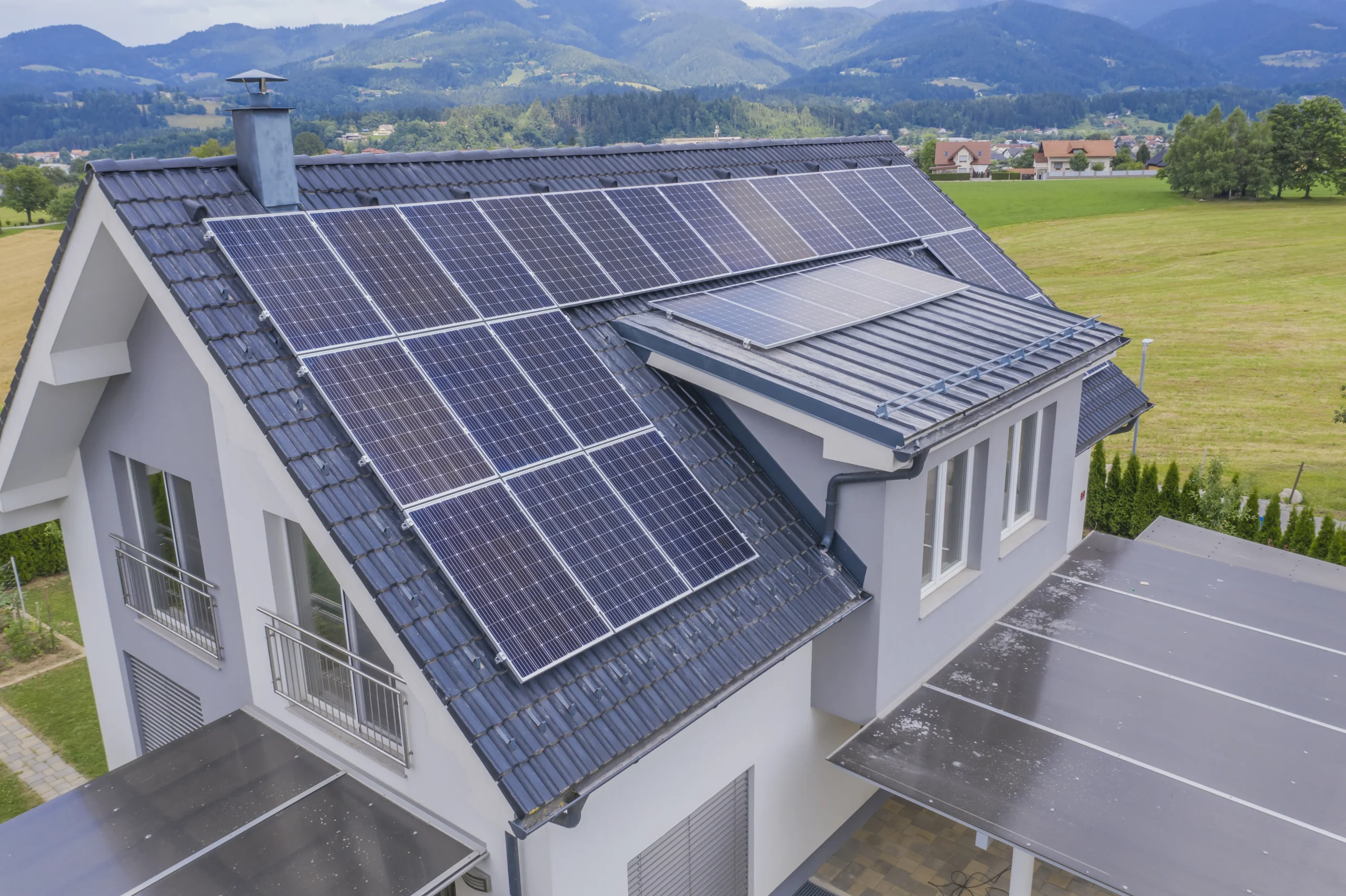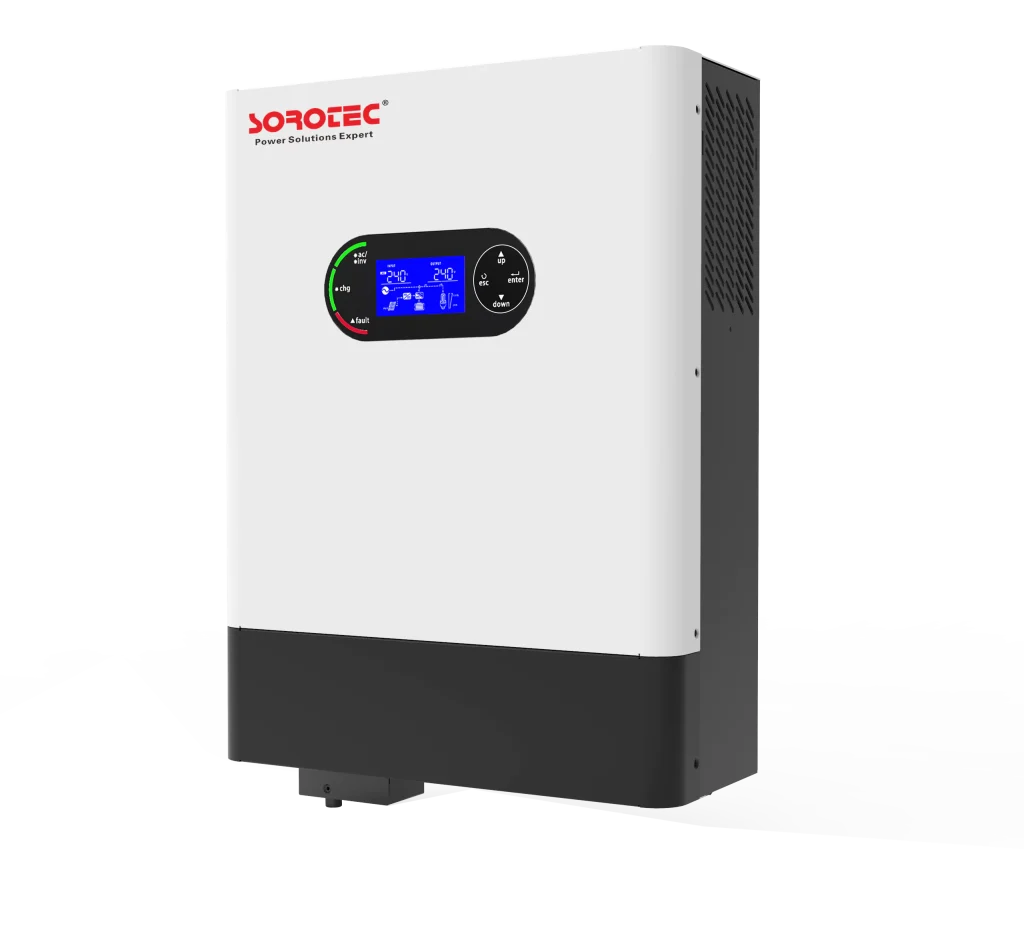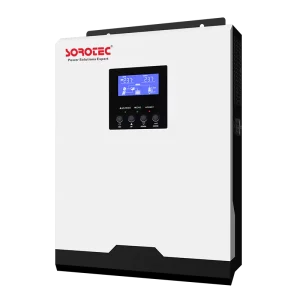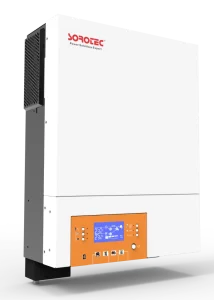Wondering how far you can put solar panels from your home? Distance matters because it affects power loss, system efficiency, and safety rules. This guide explains how to place panels smartly, cut energy waste, and follow regulations—whether you’re sticking them on your roof or setting up a ground array far away. Honestly, it’s pretty cool how much planning can boost your solar setup!
Factors Determining Allowable Distance Between Solar Panels and the House
Electrical Efficiency and Voltage Drop Are Key Considerations
The farther your solar panels are from your house, the more power you might lose due to something called voltage drop. In solar systems using direct current (DC), long wires can sap energy before it reaches your inverter or battery. This cuts down how well your system works. To fix this, you need bigger cables, but those cost more.
Voltage drop depends on wire length, current, and resistance. A 2% drop is okay for most home systems. For example, if your panels are 100 feet away, you’ll need thicker wires to keep things running smoothly.
Local Building Codes and Zoning Regulations Set Limits
You can’t just plop panels anywhere. Local rules often set limits on how far panels can be from your house. These cover fire safety, property lines, or utility spaces. You’ll need permits, and inspectors will check if your setup follows these rules before letting you connect to the grid.
Fire Safety and Accessibility Requirements Influence Placement
Fire codes might require space around panels for firefighters to move safely. Roof panels need clear paths near edges or ridges. Ground panels need gaps from plants or buildings to lower fire risks. These rules affect how far panels can sit from your home.
Structural and Environmental Constraints Affect Panel Location
Sometimes, your land or house decides where panels go. A steep hill, shaky soil, or shady trees might push panels farther from your home. If your roof isn’t strong or faces the wrong way, you might need a ground setup, which could mean longer wires.
Solar panels need sunlight to make power. If they’re in shade, they won’t work well. A farm in Oregon moved their ground array 150 feet from the house to avoid tree shade, boosting output by 12%.
Calculating Electrical Design Parameters for Distance
Voltage Drop in DC Circuits Impacts Remote Arrays
In solar systems, DC power from panels loses more energy over long distances than AC power. That’s because DC can’t easily use transformers to boost voltage. For arrays over 100 feet away, you need thick cables or series wiring to keep losses low.
Cable Sizing Relies on Distance and Load Requirements
Bigger wires handle more current over long distances without losing power. For example, a 48V system pushing 20 amps over 150 feet might need #4 AWG copper wire instead of #10 AWG to stay within a 2% voltage drop.
Inverter Placement Influences Overall System Performance
Putting your inverter near the panels means shorter DC wires but longer AC ones to the house. Placing it near the house flips that, with long DC runs. AC wires lose less energy over distance, so it’s often better to keep inverters closer to panels.
A factory in Illinois put inverters 50 feet from a ground array and ran AC to the building, cutting losses by 10% compared to a long DC setup.
Best Practices for Placing Solar Panels
Roof-Mounted or Ground-Mounted Systems Depend on Distance
Roof panels stay close to your home’s wiring, which is handy but might not work if your roof is small or faces the wrong way. Ground arrays give you more placement options but often need longer cables.
Orientation, Tilt Angle, and Shading Affect Panel Location
Panels need to face south (in the northern hemisphere), tilt at your area’s latitude angle, and avoid shade all day. Sometimes, moving panels farther from the house gets them better sunlight, making up for longer cables.
Wind Load and Structural Stability Are Critical Placement Factors
Ground arrays far from buildings face stronger winds with no protection. Strong anchors keep them safe and lasting through storms.
Integrating SOROTEC Products into Long-Distance Designs
SOROTEC makes gear that’s great for off-grid or hybrid setups with faraway solar arrays. Their off-grid inverter series handles high-efficiency power even when panels are a long way from batteries or your home—perfect for tricky layouts.
Their hybrid inverters support wide input voltages and multiple MPPTs, so you can split arrays across different spots or distances. A ranch in Wyoming used SOROTEC hybrid inverters for panels 250 feet apart, boosting efficiency by 10%.
SOROTEC MPPT charge controllers track power smartly, cutting losses from long cables. A remote cabin in Alaska used these for a 150-foot run and got 95% of the panels’ power to their batteries.
SOROTEC Technologies Optimize Long-Cable Efficiency
High-Efficiency Inverters Are Essential for Long Cable Runs
High-efficiency inverters save energy that might get lost in long wires. With over 95% efficiency even at low loads, they keep more power usable.
Monitoring Systems Track Performance Over Distance
SOROTEC’s monitoring tools show real-time stats on your system—like how much power you’re losing in long cables. This helps you fix issues fast. A farm in Pennsylvania used their app to spot a 3% voltage drop in a 180-foot run and adjusted wiring, saving $600 yearly.
Standards Governing Safe Installation Distances
IEC Guidelines Apply to PV System Layouts
The International Electrotechnical Commission (IEC) has rules like IEC 62548 that guide how to size wires based on length and current. These help keep systems safe worldwide. A solar installer in Florida followed IEC rules for a 100-foot array and passed inspection without issues.
NEC Sets Conductor Length Limits
The National Electrical Code (NEC) sets limits on wire sizes based on current, temperature, and length to keep voltage drops safe. Article 690 covers solar setups, focusing on avoiding electrical risks with long wires. A Texas homeowner followed NEC rules for a 150-foot run and avoided a $1,200 rewiring job.
Installation Professionals’ Focus During Planning
Site Assessment Techniques Reveal Ideal Panel Locations
A sun path analysis shows where shade hits during the year, helping you pick the best spot. Soil tests for ground mounts, wind checks, and trench planning also matter for long-lasting setups.
A California vineyard used sun path tools to place panels 120 feet from their winery, gaining 15% more power than a shaded closer spot.
Selecting Proper Wiring Materials and Protection Devices Is Crucial
Long runs need thick wires and UV- or water-resistant conduits. Surge protectors and circuit breakers at both ends of the cables stop damage from faults or lightning. A school in Ohio used UV-rated conduits for a 100-foot run, saving $2,000 on repairs after a storm.
FAQ
Q1: Can I install my solar panels 200 feet away from my house?
A: Yes—but you’ll need appropriately sized cables and possibly higher-voltage configurations or MPPT controllers designed for long-distance efficiency like those offered by SOROTEC products.
Q2: Does placing my inverter closer to my house reduce energy loss?
A: Not necessarily—it depends on whether you’re minimizing DC or AC cable lengths; each has different tolerances for voltage drop so placement strategy should reflect total system layout goals.
Q3: Will local code limit how far I can place my ground-mounted array?
A: Absolutely—zoning laws often define maximum distances based on property lines, fire access lanes, setback rules, etc., so always consult local permitting authorities before finalizing placement plans.









